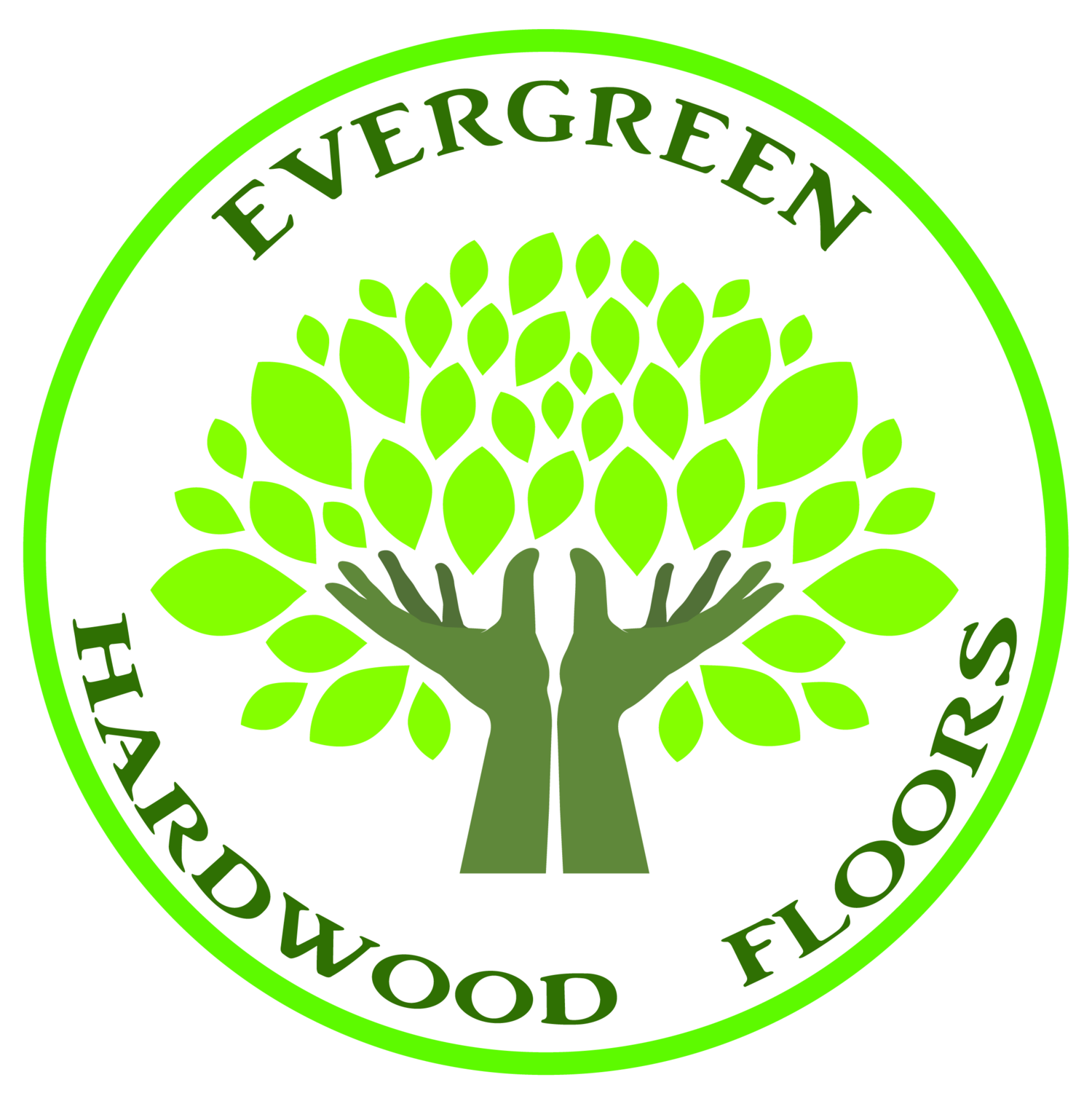Moldings are used to hide transitions between floors because of uneven heights, different types of flooring, and/or because of shifts from floors to stair or cabinets, they are also used as decoration, whatever the reason may be, there are several types of molding.
T-molding is used as a transition from one floor to another of equal height or to join Hardwood Floors between two rooms, like in entrances.
Flush stairway tip, this type of molding has a lower cut trim which is used in stair steps, stair rests, and raised floor perimeters to connect floors to give a uniform appearance.
The step overlap has a profile that rises over the flat surface of the floor.
One-quarter rounded molding, a curved molding, covers the expansion spaces where the floor meets the baseboards, cabinets, or stairs.
Reducer strip, this type of molding achieves a successful transition between different types of flooring, like between laminate or hardwood and carpet.
In addition to being decorative, they help beautify the project, by hiding unpleasant separations and protecting joints that happen because of expansion or contraction of the soil. With this subtle but ingenious decoration, they achieve an elegant and sophisticated appearance.
Call us for more information on molding for hardwood floors at (408) 509-8627- (408) 333-9771 or visit our showroom in 1190 Mountain View Alviso Rd, Ste N94089, Sunnyvale, CA.





